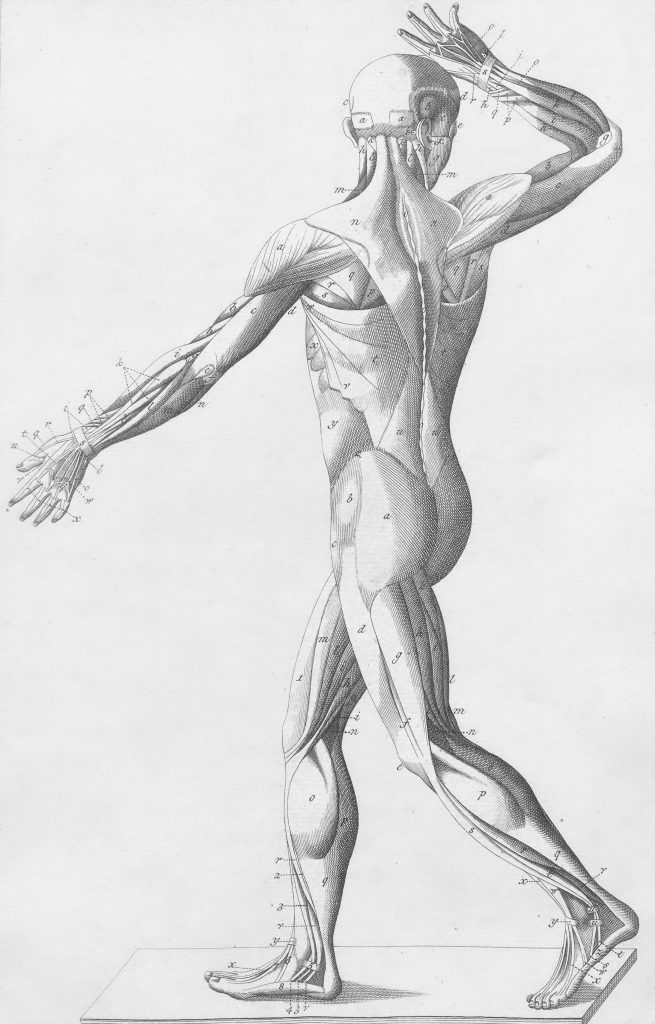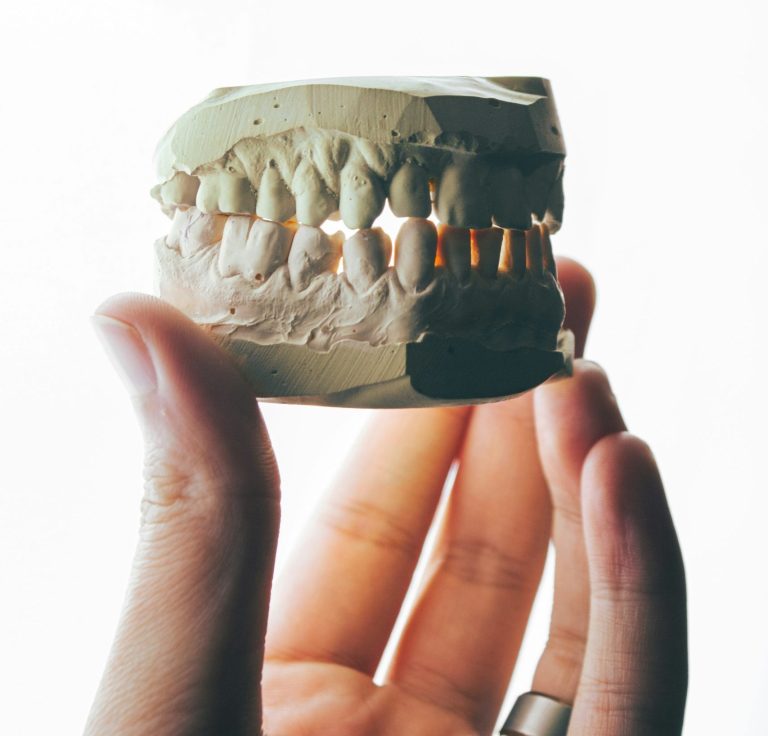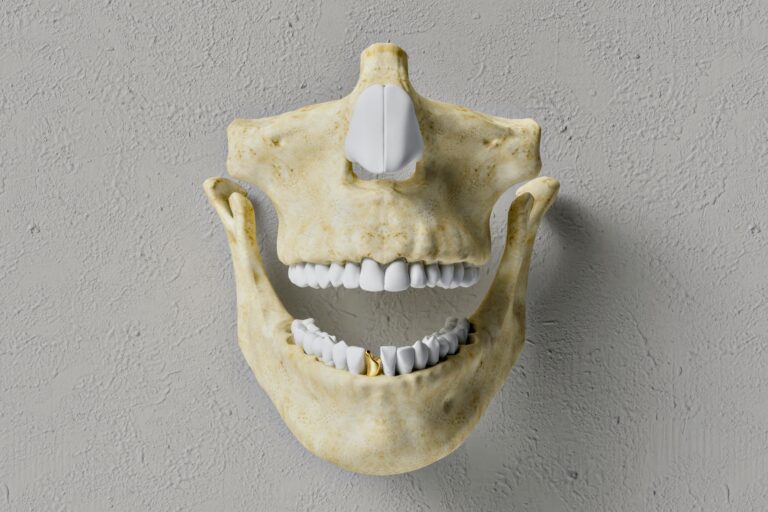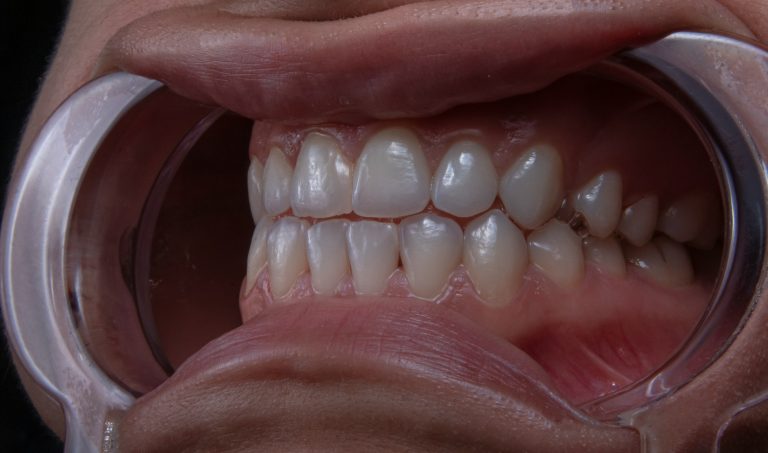When it comes to relieving pain or regaining better mobility, many patients hesitate between consulting a specialist or an orthopaedic surgeon. osteopath or a physiotherapist. These two health professionals both work on the musculoskeletal system, but their approaches, methods and objectives differ. Understanding their specific features will help you to target your treatment more effectively and, in many cases, to benefit from the complementary nature of these two disciplines.
The osteopath's role: a global vision of the body
He is a practitioner who uses manual techniques exclusively. His practice is based on the idea that the body functions as a whole, with each structure (bones, muscles, organs, ligaments) interconnected. An imbalance in one area can therefore have repercussions on another.

Osteopathy aims to identify and treat the mobility restrictions that disrupt the body's overall balance. The sessions are based on gentle manipulation, mobilisation and sometimes more specific techniques. The aim is not simply to relieve a symptom, but to rebalance the whole body to encourage its self-regulation and natural healing capacity.
An osteopath can be consulted for a wide range of reasons: musculoskeletal pain, migraines, digestive disorders, stress-related pain, discomfort during pregnancy, colic or plagiocephaly in infants.
The role of the physiotherapist: re-education and functional rehabilitation
Also known as a physiotherapist in some countries, a physiotherapist is a paramedical health professional who is usually consulted on the basis of a doctor's prescription. Their main role is to treat patients in need of rehabilitation after an accident, surgery, injury or as part of a chronic illness.
It is based on therapeutic exercises, muscle strengthening techniques, stretching, joint mobilisation and sometimes the use of equipment (ultrasound, electrotherapy, cryotherapy). The aim is to restore impaired functionsThis will help to reduce pain and improve patients' quality of life.
The physiotherapists in particular after :
- orthopaedic surgery (knee replacement, back surgery),
- a sports accident (sprain, fracture, muscle tear),
- a stroke (neurological rehabilitation),
- a respiratory illness (respiratory physiotherapy),
- or in the monitoring of chronic pathologies (multiple sclerosis, heart failure).
Osteopaths and physiotherapists: what are the main differences?
Although their practices are complementary, there are a number of differences between the two health professionals:
|
Osteopath |
Physiotherapist | |
|
Training and status |
Osteopaths undergo specific training in osteopathy, which is not always medical depending on the country. In Belgium and France, osteopathy is regulated and practitioners must be graduates of a recognised school. |
Is a paramedical health professional who holds a state diploma and works closely with doctors. |
|
The therapeutic approach |
Is based on a global and holistic vision of the body, seeking to restore general balance and treat the root cause of disorders. |
More focused on functional re-education, with targeted protocols adapted to a specific pathology. |
|
The consultation framework |
Can be consulted without a doctor's prescription. |
This is usually done on prescription, following a diagnosis by a doctor. |
|
The techniques used |
Uses only his hands to manipulate, mobilise and rebalance. |
May combine manual techniques, therapeutic exercises and the use of equipment. |
Complementary approaches for patients
In many cases, osteopathy and physiotherapy are not opposed to each other, but complement each other. complete.
Let's take the example of a person suffering from chronic back pain:
- Le physiotherapist will work on muscle strengthening, posture and mobility to prevent recurrences.
- L'osteopathIn the case of the bodyworker, he will seek to identify the blockages or tensions that are disturbing the body's overall balance and to release them.
Similarly, after an ankle sprain, the physiotherapist focuses on functional rehabilitation, while the osteopath can intervene to correct any postural imbalances caused by the injury.

How do you choose between the two?
The choice between consulting one or the other depends mainly on the reason for the consultation.
- In the event of an injury, operation or pathology requiring specific re-education, a physiotherapist is the most appropriate professional.
- In the event of recurring pain, diffuse tension or unexplained functional disorders, an osteopath can provide effective relief.
In many situations, a combination of the two approaches offers the best results.
In a nutshell
The osteopaths and physiotherapists are two key players in musculoskeletal health. One works on the body's overall balance, the other on functional re-education and rehabilitation. Their methods are different, but often complementary.
Rather than pitting the two fields against each other, it is important to understand that when these two disciplines work together, they offer comprehensive care that is tailored and personalised to each patient's needs.






